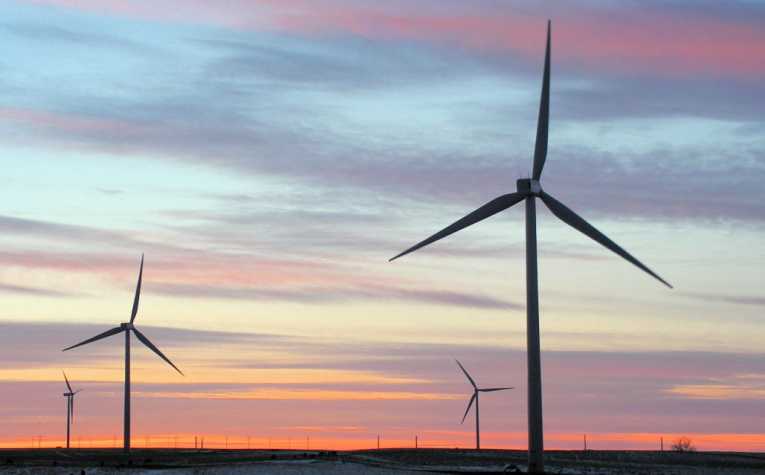There is a great deal of support for more wind farms in various locations all over the world. However, the advantages of using the wind as a source of renewable power can sometimes be overshadowed by those who protest the wind turbines.
Read on to learn more about the realities of wind farms.
One common myth is the argument that wind farms will not reduce the amount of fossil fuels used. The fact is that wind turbines do reduce the need to opt for fossil fuel energy supplies. They may not alone irradiate the use of fossils entirely, but wind farms will reduce the amount of fossil fuels that is needed, and therefore help to protect the planet from pollution. In fact, when combined with other ecologically friendly resources, wind farms can also continue to make a significant change in the way energy is produced.
Regardless of its source, all energy is supplied through a grid. The hope is that by producing wind energy and supplying some of the power to the grid, the whole system will gradually become greener. This is due to the fact that no harmful emissions are created through turbines, unlike when fossil fuels are burned, which creates harmful pollutants that are released into the atmosphere.
Another myth concerns property rights, and suggests that living close to a wind farm will significantly decrease the value of your home. This has been researched and according to the studies, homes within a five mile radius of these sites have seen no loss in value caused by its location. Noise has been a major factor in causing this fear, and it is also a main objection of people who are not convinced of the benefits of using wind to generate power.
Thanks to modern technology, however, the noise has been greatly reduced from the original turbines made twenty years ago. The positioning of the blades has been altered and more insulation has been placed around the mechanics, which has resulted in an overall quieter turbine. Furthermore, many wind farms are located on working farms, since only a narrow access lane is needed for the turbines, leaving the rest of the land to be farmed as usual.
There is also some anxiety that the wind will not be able to supply a constant flow of energy, which would result in black outs. Thankfully, before farms are built a great deal of research is carried out to check the wind levels. The proposed site is carefully evaluated by a variety of experts to make certain that it is a good place to harvest wind before the turbines are placed. The connecting grid is also designed to help reduce black outs, and there are many other highly technical measures in place specifically to prevent a dip in the energy supply.
A final myth involves the local economy being adversely affected. The fact is, by introducing a wind farm into an area the locals are often given an employment boost. First with the construction of the farm, and once it is up and running there is also one full time position available for every ten to twenty turbines in the area.
It pays to become knowledgeable about the negative and positive aspects of wind turbine development. The technology continues to grow, as does the need to source renewable energy that is kind to the planet and does not contribute to pollution. Wind farms are one viable way to help solve the energy problems faced that our planet is facing as we continue to look for healthier alternatives to fossil fuels.










